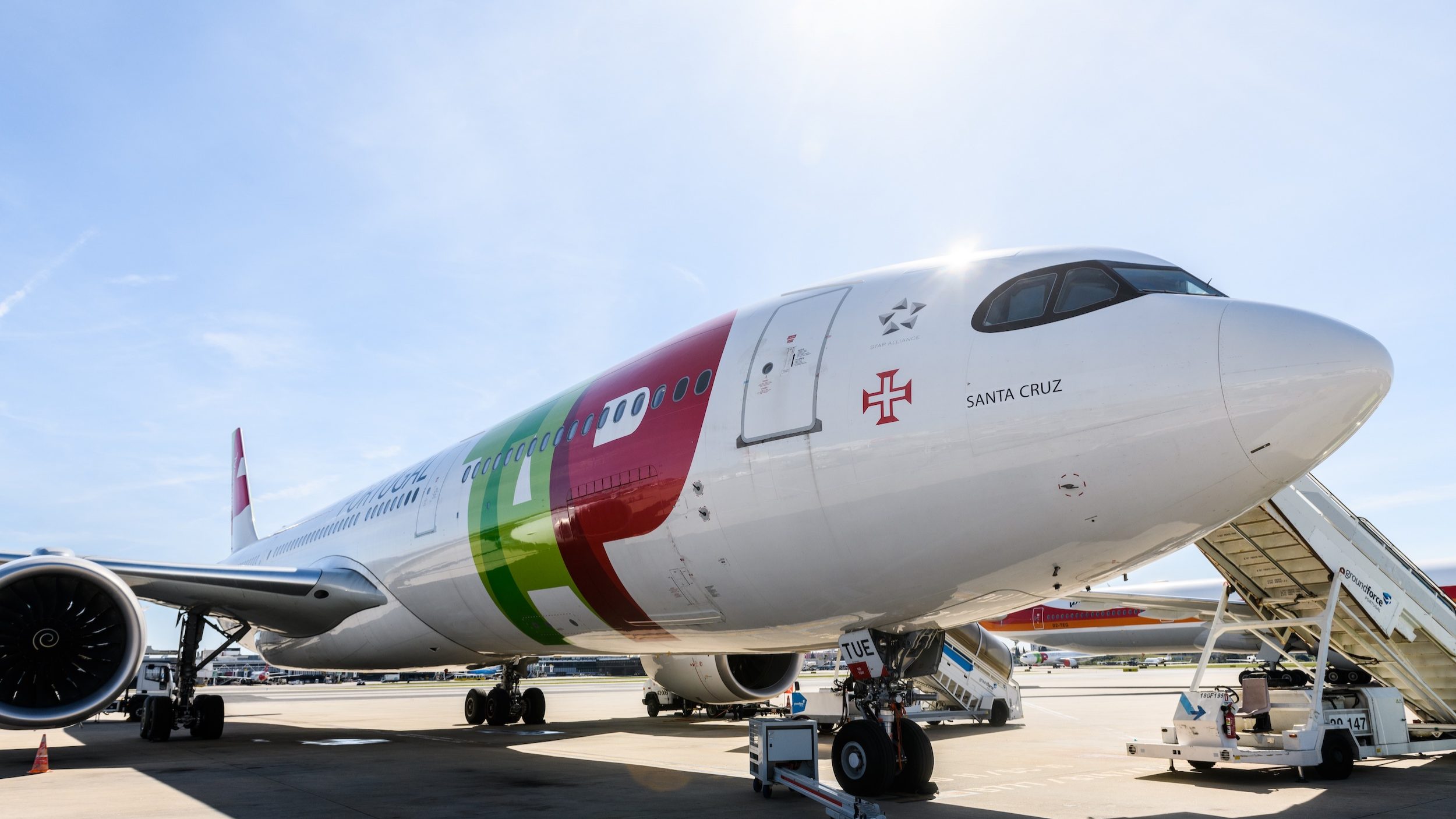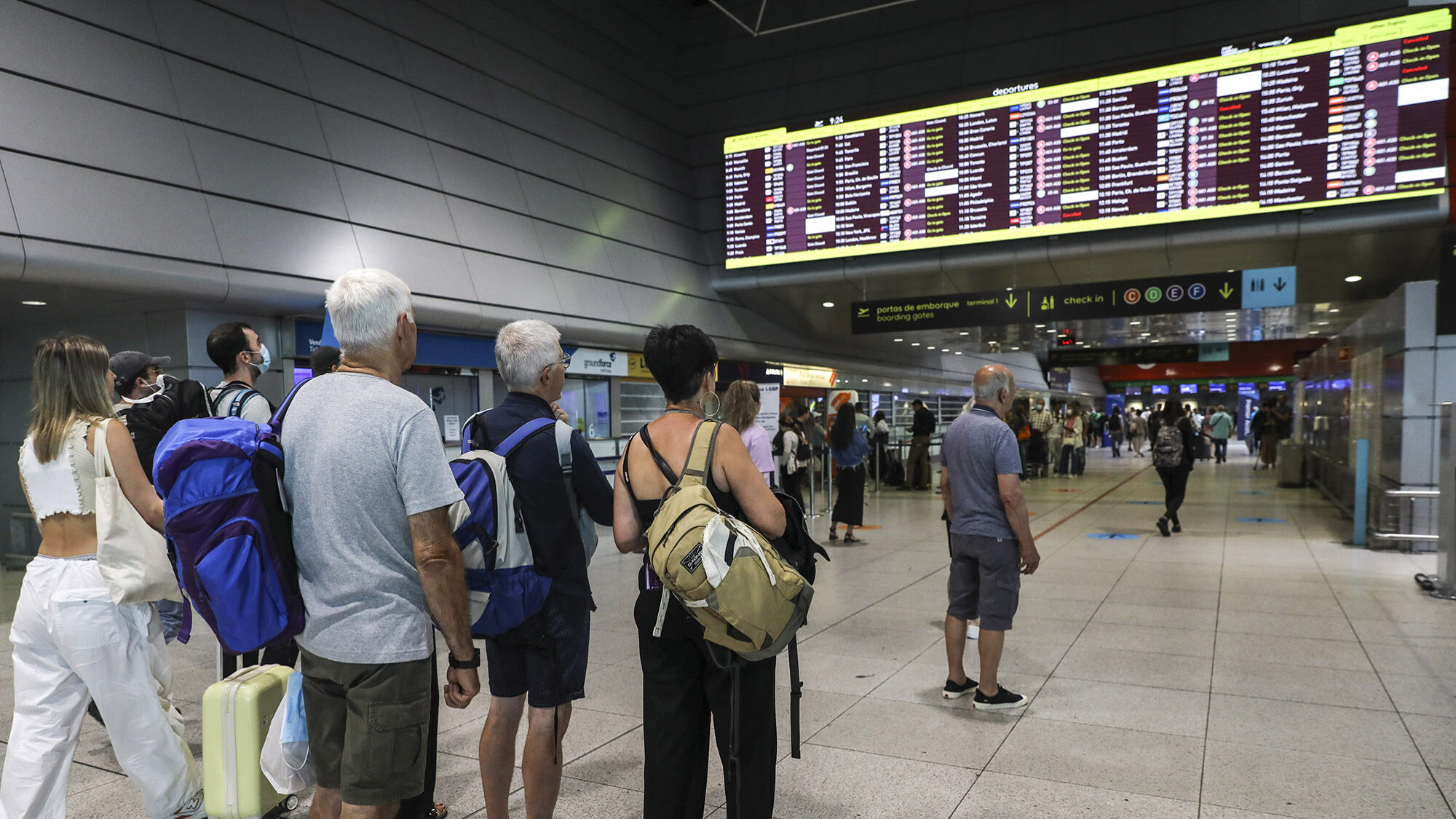Companies turn to Nordic markets to diversify exports
Exports to Nordic markets have been growing in recent years. Although they still account for a small share of foreign sales, companies see growth potential.
The crisis in France and Germany and, more recently, US trade policy have forced companies to explore new solutions. The Nordic countries, to which the volume of exports has been increasing in recent years, are on the radar of sectors such as textiles, footwear and industry. Although they are not large enough to compensate for the declines in the main European economies, countries such as Sweden, Finland, Denmark and Norway have the potential to continue to strengthen their weight in foreign sales.
Exports to Sweden, Norway, Finland, Denmark and Iceland reached €2,352.37 million in 2024, representing an increase of around 10% compared to the €2,142.25 million recorded in 2023. Sales to these markets, although still representing a small share of national exports (around 3%), have maintained a growth trend in recent years. And the expectation is that the figures will continue to evolve positively.
“Geopolitics will tend to gain greater influence in international trade, as is already evident. In this sense, there will be an opportunity for countries that are part of the European Union [EU] — such as Sweden, Denmark, and Finland — and countries that, although not part of the EU, share the essential values of the EU, to strengthen trade relations with Portugal”, explains Luís Miguel Ribeiro. “In addition to this, the dynamism of several Nordic economies and their high purchasing power represent an excellent opportunity for more export-oriented companies to sell more sophisticated goods, in line with one of the national objectives — which the AEP also supports — of exporting with greater value”, adds the association’s president.
That said, he argues that there is “enormous potential to increase the still insignificant weight of Portuguese exports to the Nordic markets”. “If this happens, it will be an opportunity to mitigate, in part, the tariff barriers imposed by the American market”, he concludes.
In terms of sectors with the strongest presence in these markets, Luís Miguel Ribeiro highlights the automotive, textile, footwear, food and wine sectors. In addition, he also emphasises “the significant value of exports of mineral products and base metals”.
The textile and clothing sector, which recorded a decline of around 4% in exports to around €5.6 billion in 2024, exports between 4% and 5% of this value to the Nordic markets, according to ATP – Associação Têxtil e Vestuário de Portugal (Portuguese Textile and Clothing Association). “These are small markets in absolute terms, with obvious limitations in terms of scale, and cannot replace, either in value or volume, markets such as the US, France or Germany”, the association told ECO.
Although they do not represent, “on their own, an alternative capable of compensating for significant losses in other larger markets”, they are “demanding markets with purchasing power, which value attributes such as sustainability, innovation and design — areas in which Portuguese industry has a proven track record” and “have potential for specific value-added niches, but require continued investment, trusting relationships and consistent institutional support”.
The association representing the textile and clothing industry, which has been under pressure from the slowdown in the main European markets and strong Chinese competition, recognises that “many companies are exploring new geographies”. However, “in a sector that operates with long cycles, technical products and strict requirements, gaining the trust of a new customer can take months — or even years”.
With the US implementing higher customs duties — European exports to the US have been subject to 15% tariffs since 7 August — more and more entrepreneurs are looking for alternatives within Europe. “There will be many challenges, and protectionism brings advantages for those who produce locally. Industry in Europe will become increasingly important. Unless Europe fragments, we believe that Europe is our internal market, a natural internal market”, argued José Pinto, CEO of Procalçado, last February in Milan at Micam, the world’s largest footwear showcase. Like other manufacturers in the sector, the footwear giant, which owns the For Ever brand, is looking to the Nordic countries. Paulo Monteiro, commercial director of Fly London, also admitted at the same fair that, in 2025, he would “enter new markets, return to Asia and Scandinavia”.
APICCAPS, the association representing the footwear sector, acknowledges that “after two years of challenges with a sharp slowdown in the main target markets for Portuguese footwear, the sector is gearing up to recover in 2025, which is expected to be a particularly important year for the Portuguese footwear industry”. As with most sectors, the German and French markets are the most important for footwear. “For a sector such as footwear, which exports almost 90% of its production to 170 countries on all continents — and is therefore not dependent on any single market — the choice of a new market cannot be made at random”, says the association.
“The footwear sector has never hidden its ambition to become a major international benchmark in terms of sophistication and creativity. For this reason, the quantity of footwear purchased in a given country cannot be considered the sole indicator to guide the commercial efforts of an entire industry”, explains an official source from APICCAPS. “From a strategic point of view, considering that the average price of Portuguese footwear is the second highest internationally, the search for new commercial opportunities tends to favour markets predominantly dominated by consumers with high income levels (equal to or higher than the median GDP per capita of OECD countries, i.e. around $38,500)”, he explains.
But it is not only in footwear and textiles that companies are attentive to opportunities in the Nordic markets. In the metalworking sector, the champion of Portuguese exports, companies are also looking with interest at the Scandinavian countries, particularly for opportunities in the defence sector.
Promecel, based in Braga, is one such company. Celebrating its 40th anniversary in 2025, the Braga-based metalworking company is investing €2.5 million in a new production line in the optics sector, targeting a new customer in the Nordic countries. With this new project, the components company expects to achieve a turnover of €15 million within two years, above the €11 million forecast for 2025.
This investment in the optics sector — more specifically in the production of sights — for a customer in Sweden will strengthen the weight of this Nordic market in the sales portfolio. Currently accounting for around 10% of turnover, “with this new project, Sweden will account for 35 to 40%”, and may surpass France, which today accounts for 40% of turnover, as the largest market, as José Manuel Silva, CEO of Promecel, explained to ECO.
With the US imposing tariffs on European imports, market diversification is increasingly becoming a necessity for exporters. “The drop in orders to the US should be mitigated, in part, through market diversification”, acknowledges the AEP. And the Nordic markets, it admits, have the potential to strengthen their weight in national exports.




